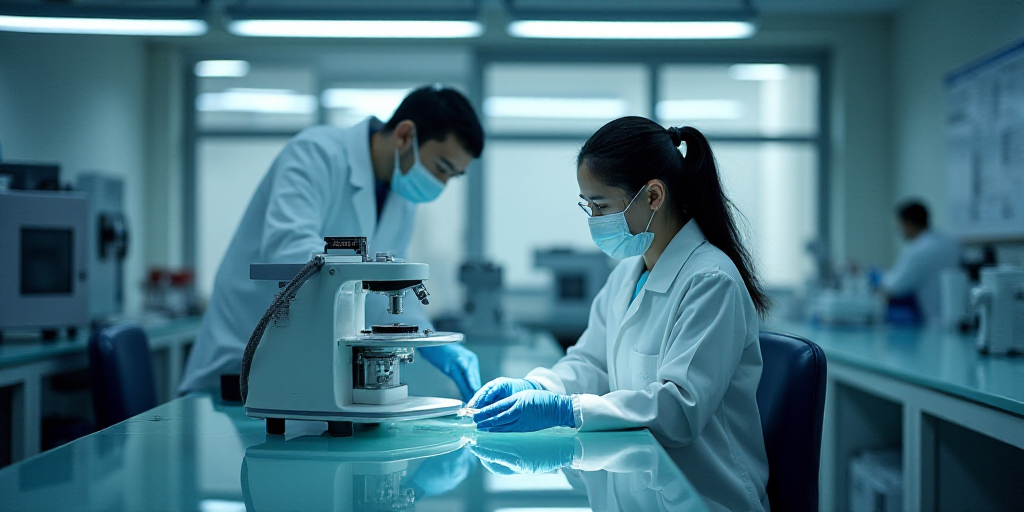Background on the U.S. Pharmaceutical Market
The United States is the world’s largest importer of pharmaceutical products, with imports from 98 countries. It is also the second-largest exporter, sending medicines to 193 countries.
The New U.S. Tariff on Branded Medicines
A 100% tariff announced by the U.S. government on branded or patented pharmaceutical imports, effective October 1st, is expected to have a limited impact on the industry, according to analysts.
Why the Impact Will Be Minimal
Multiple domestic and foreign pharmaceutical companies have announced investments to boost their operations amidst the new trade scenario. Moreover, generic medications will be exempt from these tariffs.
- Q: Who is making these investments? A: At least 18 companies have announced investments totaling $397.4 billion for building new plants, expansion projects, and R&D over the next three to ten years.
- Q: Why are these investments significant? A: Major global pharmaceutical companies either already have some production in the U.S. or have announced plans to build plants or increase production in the coming years.
- Q: How will these investments affect tariffs? A: Companies that have initiated or are constructing factories in the U.S. will be exempt from tariffs, as per President Donald Trump’s statements on his Truth Social platform.
- Q: What is the significance of generic medications? A: In the U.S., 90% of consumed medicines are generic, representing only about 10% of total pharmaceutical spending due to their lower prices.
Impact on the Pharmaceutical Industry
Experts like Neil Shearing from Capital Economics and Jack Caporal from The Motley Fool agree that the majority of global pharmaceutical companies have production in the U.S., with leading firms planning to increase their investments.
However, the U.S.’s heavy reliance on pharmaceutical imports (precursors, active pharmaceutical ingredients, and branded medicines) could lead to price increases and potential shortages of both raw materials and finished products due to the tariffs.
Upcoming Investments in 2025
Pharmaceutical companies such as AstraZeneca, GlaxoSmithKline (GSK), Novartis, and Roche have announced plans to expand production and establish new plants in the U.S.
- AstraZeneca: Investing $50 billion by 2030, primarily for building a new plant in Virginia to produce weight management and metabolism medications. Also plans to expand facilities in Maryland, Massachusetts, California, Indiana, and Texas using AI and automation.
- GlaxoSmithKline (GSK): Investing $30 billion in the U.S. market by 2030, focusing on building a new plant in Pennsylvania for respiratory diseases and cancer treatments. Integrating AI and advanced digital technology in its Pennsylvania, North Carolina, Maryland, and Montana plants.
- Novartis: Investing $23 billion over five years to develop seven new facilities and expand existing operations. Increasing production of active pharmaceutical ingredients, biological compounds, and more.
- Roche: Investing $51.25 billion over five years to construct a new gene therapy production plant in Pennsylvania and expand facilities in Kentucky, Indiana, New Jersey, Oregon, and California. Currently operates 13 production plants and 15 R&D centers.
Johnson & Johnson (J&J) plans to invest $57 billion over four to ten years in a high-tech center in North Carolina, constructing three new production plants and expanding existing operations for its Innovative Medicine and MedTech divisions.






